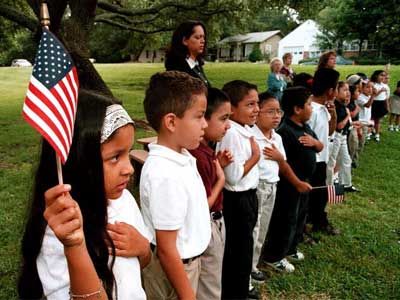Every year, millions of Americans die from illnesses such as heart disease, cancer, stroke and diabetes. And every year, roughly 400,000 hospice volunteers help many of these people through their last few months of life [source: Hospice Foundation of America].
A concept introduced in the U.S. in 1963 by a British doctor who founded the first modern hospice facility in a residential suburb of London, hospice is specialized care for patients with less than six months to live. The goal of hospice is to guide terminally ill patients through the final stage of their lives without hastening or postponing death [source: American Cancer Society].
Advertisement
The hospice team, including hospice volunteers, tries to keep patients as pain free and comfortable as possible while providing support for them and their families during the dying process.
The 24-hour care is typically provided in the patient's home, but can also be administered at a hospital, nursing home or private hospice facility [source: American Cancer Society]. It is considered a return to older times when people died at home rather than in a hospital, before the modern age of medicine turned dying into a medical event.
Hospice volunteers provide all kinds of support for patients and their families, including visiting, reading, watching T.V., taking walks, playing music or bringing over pets. Volunteers also help with shopping, errands, household chores, babysitting and transportation. Or they can help facilitate bereavement support groups, get involved in fundraising or provide administrative support for the hospice by filing or sending out mailings [source: Hospice Foundation of America].
What a hospice volunteer does depends on his or her skills and interests. Read on to find out what kind of training it takes to become one.
Advertisement


